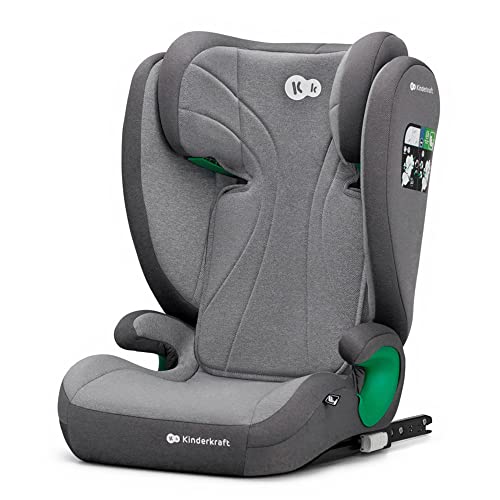Say “Yes” To These 5 Pram Or Pushchair Tips
Pram or Pushchair: A Comprehensive Guide for New Parents
Picking the best mode of transportation for children is among the very first considerable decisions brand-new parents face. With numerous choices on the market, the debate in between prams and pushchairs can be bewildering. This post will supply detailed insights into the distinctions between prams and pushchairs, their specifications, advantages and drawbacks, and what to think about before making a purchase.
Understanding Prams and Pushchairs
At its core, the option in between a pram and a pushchair lies in their style and planned use.
Meanings:
Pram: A pram, brief for “perambulator,” is created mostly for newborns. It features a flat, carrycot-style seat that permits the baby to rest completely flat. Pushchairs Online are often more luxurious and are meant for transferring babies who are not yet sitting up separately.
Pushchair: A pushchair, also called a stroller, is designed for older infants and young children who can stay up. Pushchairs generally have an upright seat and might not recline entirely flat, although numerous designs now offer adjustable reclining alternatives for comfort.
Key Differences:
Feature
Pram
Pushchair
Age of Use
Newborn to about 6 months
6 months to 4 years or more
Seating Position
Flat, lying down
Upright or slightly reclined
Weight
Generally much heavier
Generally lighter
Mobility
Less portable due to weight
More portable and much easier to fold
Usage Case
Short strolls, leisurely strolls
Daily use, errands, longer trips
Advantages and Disadvantages
Pram
Benefits:
- Comfort for Newborns: Provides a flat surface area favorable to a newborn's developmental needs.
- Stylish Designs: Many prams come with stylish styles, using a touch of luxury.
- Storage Space: Sometimes include bigger storage options listed below.
Drawbacks:
- Weight: Generally much heavier and bulkier than pushchairs.
- Restricted Usage: Suitable only for newborns and babies who can not sit up.
Pushchair
Benefits:
- Versatility: Suitable for older babies and young children, often accommodating them for several years.
- Lightweight and Portable: Easier to fold and transport, making them perfect for hectic moms and dads.
- Configurable Options: Many pushchairs have adjustable seats and accessories for safety seat and carrycots.
Drawbacks:
- Comfort for Newborns: Not always suitable for infants in the early months without a correct insert.
- Less Luxurious: Often viewed as less luxurious compared to prams.
Making the Right Choice
When it comes to deciding between a pram and pushchair, numerous aspects must be considered:
1. Lifestyle:
- If parents frequently make long journeys or go for strolls, a pram may be preferential.
- If they need to browse through city streets or take public transport, a lightweight pushchair may be preferable.
2. Spending plan:
Pricing can differ extensively. Comprehending your financial limitations will assist concentrate on options that fulfill both aesthetic and practical criteria.
3. Adaptability:
Some progressive solutions include travel systems that allow parents to transition from a cars and truck seat to a pushchair with the very same base, offering optimum versatility.
4. Storage Space:
A pram may use up more space in an automobile or in your home, while a pushchair's capability to fold down can be a substantial advantage in tighter areas.
FAQs
Q1: Can I use a pushchair for newborns?
A1: Some pushchairs come with bassinet accessories or fully reclining seats, making them ideal for newborns. Nevertheless, it's vital to check the specs before use.
Q2: How do I pick the best design?
A2: Consider your lifestyle, budget plan, and the functions you prioritize, such as weight, portability, and storage choices.
Q3: Are prams and pushchairs safe for my baby?
A3: Yes, both prams and pushchairs are developed with safety features. Look for designs with a 5-point harness, sturdy brakes, and safe frames.
Q4: How long can I utilize a pram for?
A4: A pram is normally appropriate up until a baby can sit up unassisted, generally around 6 months.
Q5: What are travel systems?
A5: Travel systems are mixes of a safety seat and a pushchair that operate in tandem, permitting simple transitions from car to pushchair without needing to get rid of the baby.
Picking in between a pram and a pushchair ultimately boils down to the requirements and lifestyle choices of each family. Prams provide comfort and style for infants, while pushchairs supply flexibility and ease for older babies and young children. By thoroughly thinking about private scenarios and requirements, parents can make an educated option that will make sure safe and enjoyable outings with their children.
In the end, whether one go with a stylish pram or a useful pushchair, the main objective remains the same— guaranteeing convenience and safety for the child while facilitating benefit for moms and dads.
